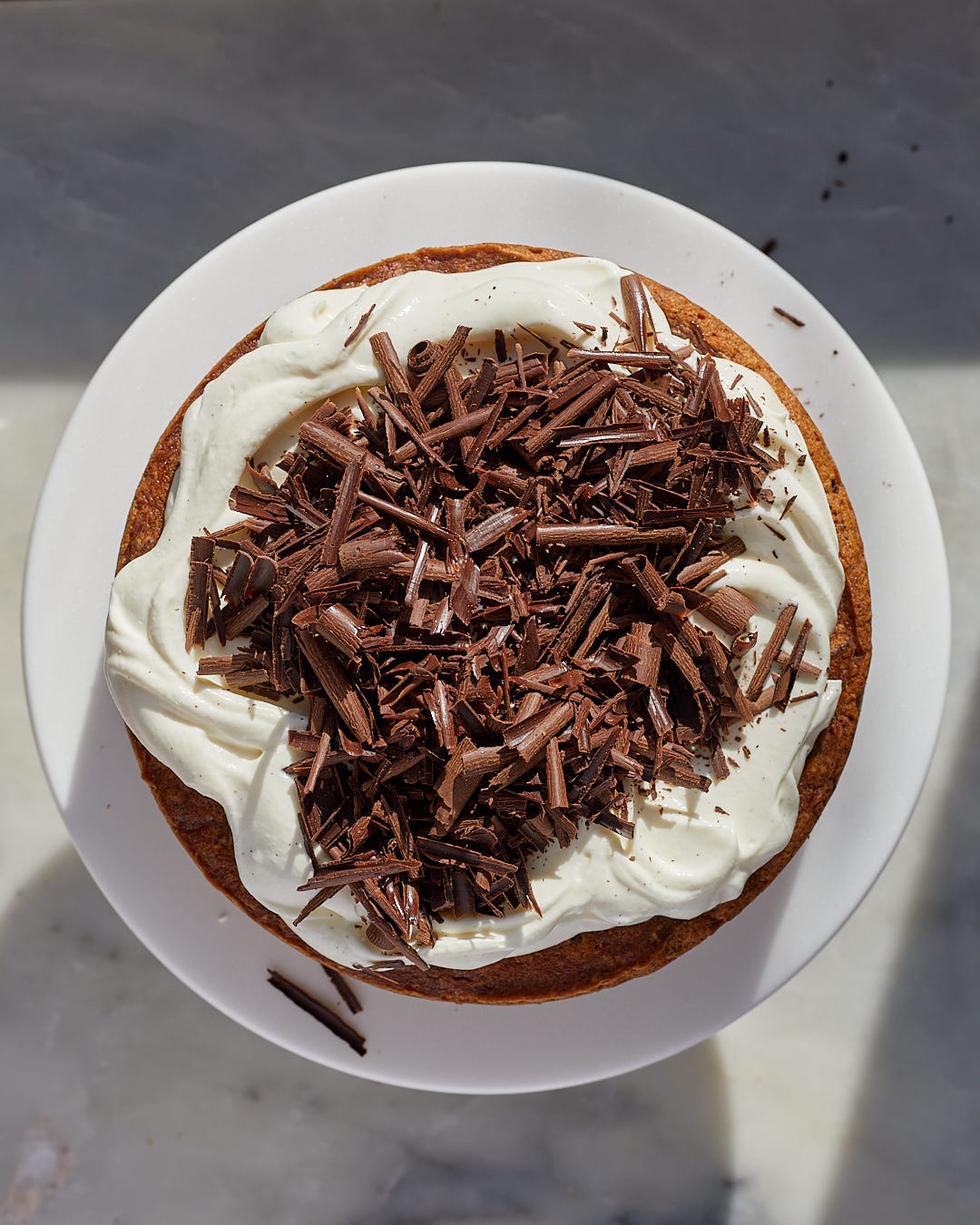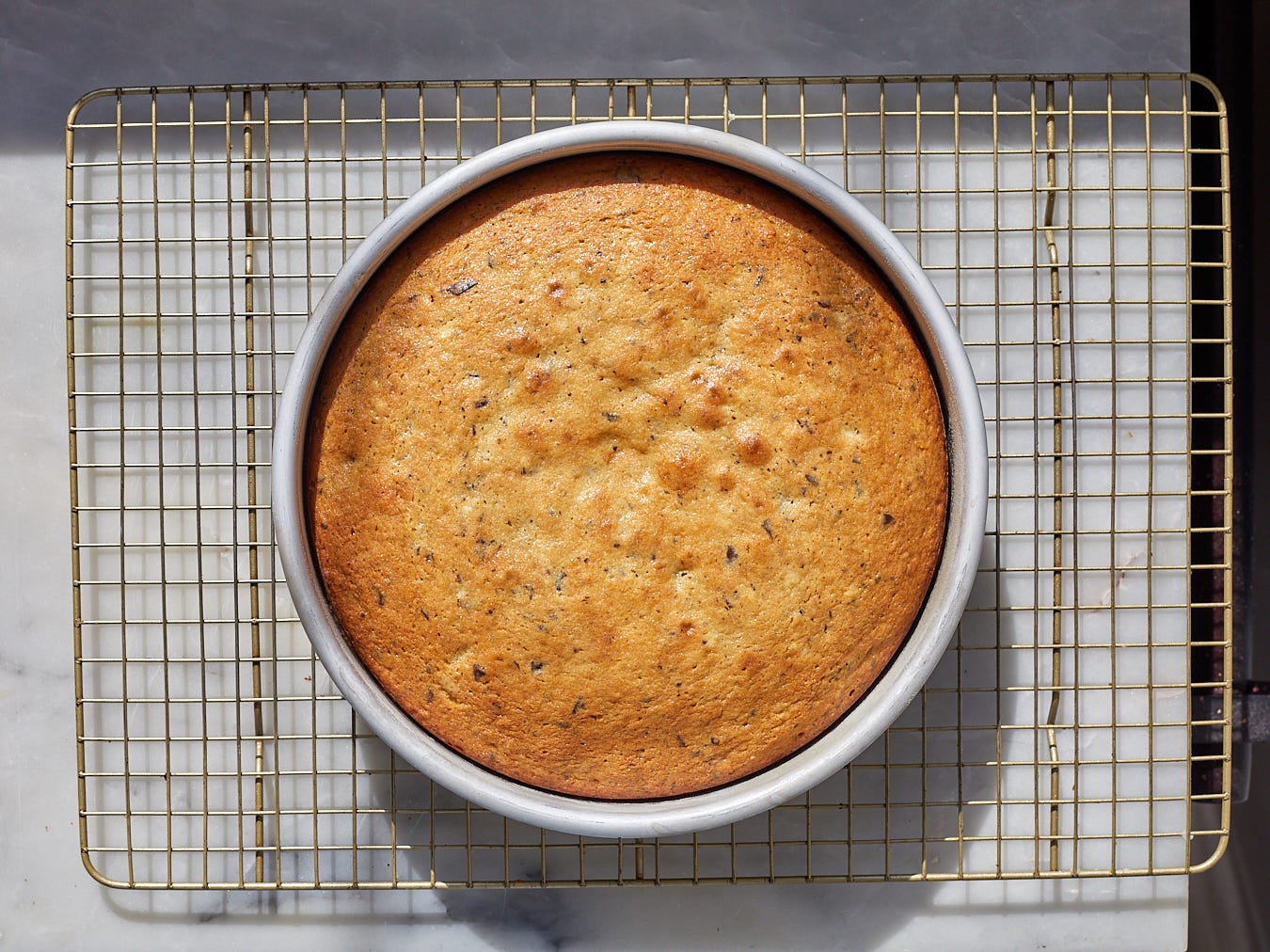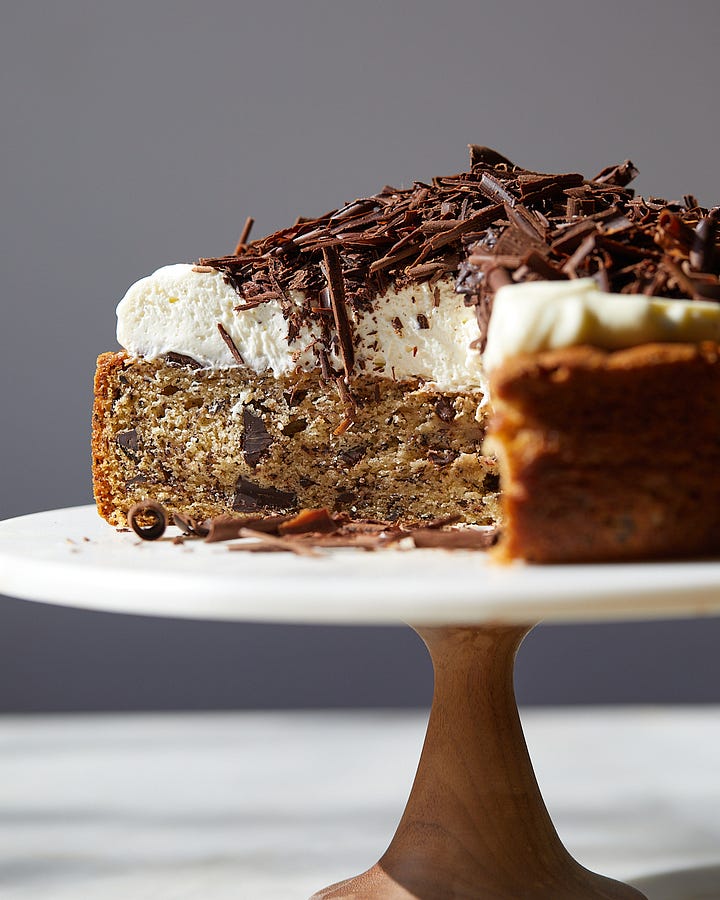

Can I make choices to support companies that are slightly less evil? I’ve been thinking a lot about that question lately.
After seeing the heads of Meta, X/Tesla, Google, Amazon, in the front row at Trump’s inauguration, *seated closer than future cabinet members*, the oligarchy (which has always existed here in some form!) has come into stark relief. They’re not even trying to hide it anymore. Musk, the owner of X, has taken a chainsaw to vital organs of the federal government (including some that oversee his companies) but is of course protecting hundreds of millions in his own government contracts. Zuckerberg, of Meta infamy, is openly inviting disinformation and hate speech against trans and gay people to thrive on his platforms. Google has broken their promise that their AI would not be used for weapons or surveillance. Amazon…. is still being Amazon.
Sometimes it feels like spending my money or time or effort on *any* company is supporting an immoral ideology or economy. (That’s that pesky no-ethical-consumption-under-capitalism" thing rearing its head.) But, still, there are some platforms, like Instagram, where I have to be for now for this whole shindig. Not to mention, I certainly want to hear from activists who are organizing on there, or the local politicians I’m excited about, or the people doing the work to educate us on these entrenched systems of corruption.
A few weeks ago, My mom sent me an email in response to one of my more, let’s say, hopeless-sounding Substacks: “No matter what you do, unless you own complete vertical integration, you will be feeding some beast.” This sucks to hear, and it’s true. But it doesn’t mean we are powerless.
For example, here I am on Substack. Despite the fact that most tech companies all compromised by “growth-at-all-costs” mindsets, at the very least, I feel way better about working on this platform over Meta products — and I have found it actually works better for creators! I have stopped shopping on Amazon, not that I was doing much of that anyway. And lately I’ve been abstaining from Whole Foods, which is owned by Amazon, too. (This one is hard as it’s my closest and most frequented grocery store that typically has whatever precious ingredient I need.) I heard that Apple Music pays artists more per-stream than Spotify (still, not even close to enough) so I transferred my whole library, 10 years of playlists, over there. After years of bad press around Spotify, especially considering the recent spate of cruel layoffs, Wrapped just wasn’t worth it. (I realize that Apple is still, in many ways, bad.) I logged off of X permanently and now only use BlueSky to get my news. BlueSky is a little bit resistance-pilled-blue-wave right now but I think it will mellow out eventually. At least it’s not filled with Nazis.
Boycotts aren’t everything, and it is often hard to determine their true impact, financial or optical. But they are a tool in the larger kit of resisting oppression alongside strikes, protests, civic engagement, community support. Look to Target, the most high profile company that rolled back its diversity, equity and inclusion policies after Trump’s maelstrom of insane executive orders. Now, an organized boycott has reduced traffic to the retailer online and in-person. The consumer activist group People’s Union USA is planning an “economic blackout” day on February 28, which I’ll be participating in.
And even if we can’t commit to every boycott, we should at least know what our money goes on to do when it leaves our wallets. And if you aren’t swayed by the prospect of punishing a company for bad behavior, think instead of your values and all the companies that are local or support causes you believe in, that you want to give money to instead. I don’t say any of this to shame people, or brag, or even to suggest you should also cut off all those same companies. We live in this system, and so many things are out of our control. But I still think each one of us can think of one change we could make in our budget to support something a little less evil.
This Week’s Recipe
This cake started out as a chocolate chunk sour cream cake with a bit of orange zest but it was just so bland and a bit dry. So I thought to make the flavor more interesting and amp up the moistness: bananas! I love my best banana bread but this is decidedly not that. It’s cake.
And we’re using one of my favorite techniques for cakes: the reverse creaming method, which was pioneered by cake queen Rose Levy Berenbaum. Instead of the creaming method order (butter, sugar, eggs, vanilla, dry ingredients, liquids) the butter gets mixed with the dry ingredients and sugar first. Then, once the butter is totally dispersed and mixture looks like fluffy almond meal, the eggs and liquid are mixed in. This technique’s secret is coating the flour in butter, reducing its ability to over-develop gluten while being mixed, which would produce a tough cake. It also ensures a super homogenous mixture and very even crumb since the butter is so broken down and well-incorporated into the dry ingredients. The reverse creaming method also tends to produce cakes that rise flatter, instead of domed.
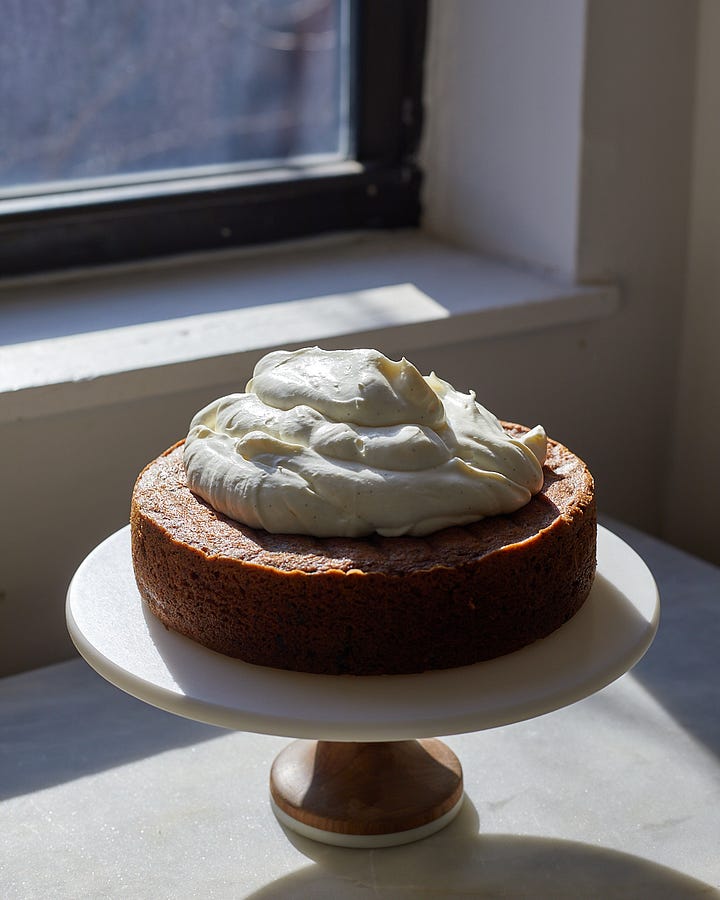
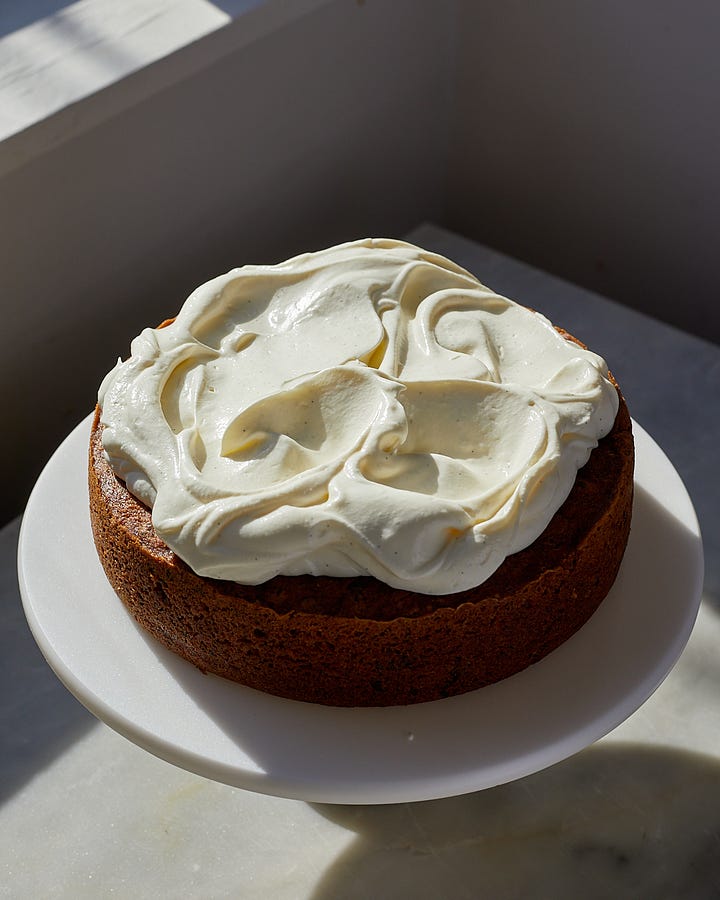
The slightly tart and light sour cream whip is the perfect foil to the dense, sweet crumb of the banana cake, and takes the edge off the bittersweet chocolate. And chocolate shavings on top are optional but provide an elegant but unfussy finish. All you have to do is run a peeler in long strokes along the edge or side of any semi-sweet or dark chocolate you have. It’s a cake everyone will like because it’s essentially banana bread — all grown up, well-traveled, has a 401k — but still feels special enough for … whatever occasion might call for a cake.
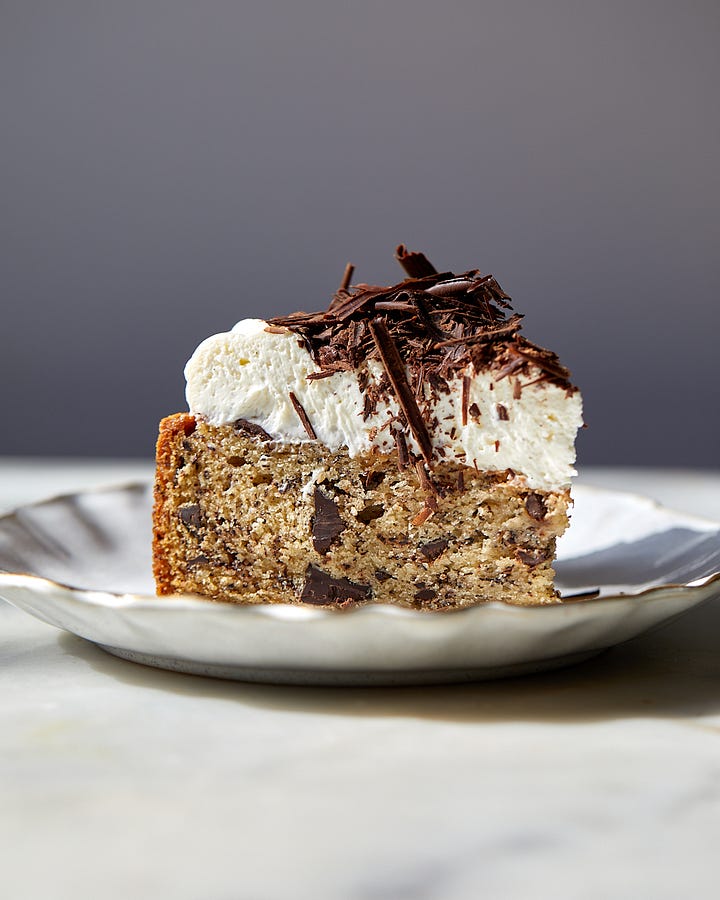

Banana Chocolate Chunk Snacking Cake with Sour Cream Whip
Makes one 8 or 9-inch cake, about 10 to 12 servings
Ingredients
Keep reading with a 7-day free trial
Subscribe to easygayoven to keep reading this post and get 7 days of free access to the full post archives.




